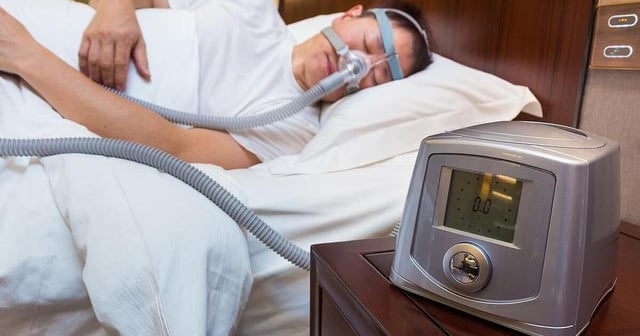Overview
- The analysis linked ESADA sleep-study records for 19,325 obstructive sleep apnea patients in 14 countries with Copernicus PM10 pollution data across roughly 25 cities.
- Each one‑unit increase in a yearlong average of PM10 corresponded to a 0.41 rise in apnea‑hypopnea events per hour after adjustment for age, sex, BMI, smoking, season, humidity and temperature.
- The association varied markedly by location, with stronger signals reported in Lisbon, Paris and Athens and weaker or absent effects in some other cities.
- The effect was specific to the apnea‑hypopnea index, with no significant associations observed for oxygen saturation measures in this analysis.
- Researchers emphasized the results are preliminary from an ERS meeting presentation and called for more diverse cohorts, mechanistic work and intervention studies, noting clinicians may consider pollution exposure in OSA risk evaluation.

